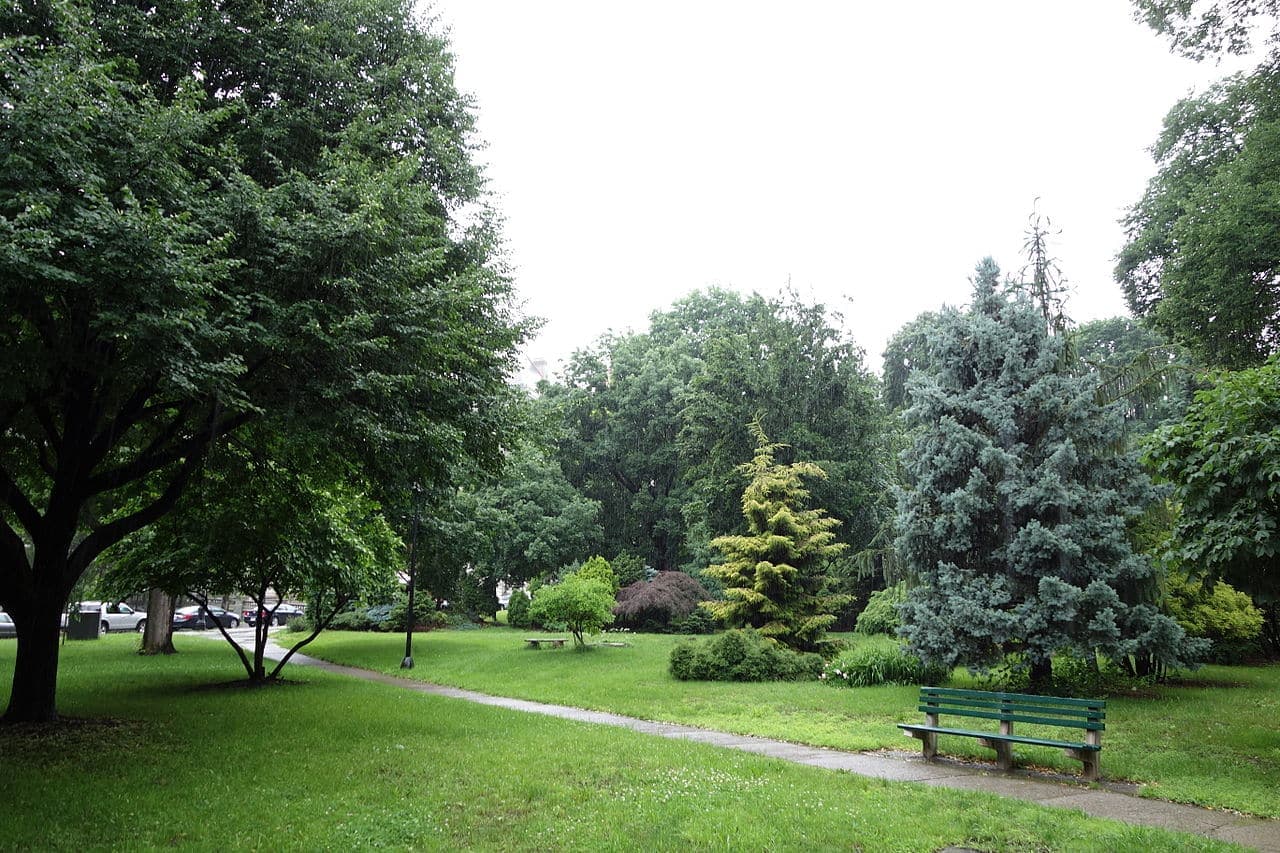Pilot Hill Protection and Access, What Albany County Residents Should Know
Pilot Hill and nearby public access lands east of Laramie remain a recurring local issue as county, university and conservation partners weigh protection, stewardship and recreational access. Decisions about purchases, seasonal closures and fundraising matter to residents because they affect trail access, outdoor recreation opportunities and public budgets in Albany County.
Listen to Article
Click play to generate audio

Pilot Hill has emerged repeatedly on local agendas as Albany County leaders, the University of Wyoming and regional conservation organizations consider options to protect and manage public access lands east of Laramie. The debate centers on balancing permanent protection through public purchase, collaborative stewardship arrangements and everyday access for horseback riders, hikers and winter recreationists.
The history of the Pilot Hill effort reflects a broader pattern of negotiated public land purchases and partnerships. Local governments and academic institutions bring planning capacity and public accountability, while conservation groups often provide fundraising, outreach and on the ground stewardship. These shared roles help stretch limited public budgets, but they also require clear agreements on access rules, seasonal restrictions and long term maintenance responsibilities.
A number of main trailheads and access points east of Laramie provide entry for dispersed recreation. Recreational users should be aware that rules vary by parcel and season. Typical management measures include posted seasonal closures to protect wildlife and soils, designated routes to reduce erosion, and restrictions on group size or stock use when conditions are fragile. Observing closures and staying on established trails reduces maintenance costs and helps preserve access for all users.
Trail stewardship remains a local priority. Volunteer patrols, trail maintenance days and formal stewardship partnerships are common mechanisms for keeping routes open and safe. County and partner agencies typically post guidance about stewardship responsibilities, permitted uses, and best practices for packing out waste and minimizing trail impacts. Residents who use these lands play a direct role in their long term viability, since ongoing maintenance needs can strain county budgets if volunteer contributions decline.
Policy choices around Pilot Hill carry fiscal and land use implications. Public purchases require upfront capital, sometimes supported by grants and private donations, and create ongoing operations and maintenance obligations for public agencies. Collaborative models can reduce immediate fiscal pressure, but they require robust governance to ensure consistent enforcement of rules and responsible stewardship over time.
For residents seeking updates or opportunities to support conservation efforts, official information is usually available through Albany County offices, the University of Wyoming public lands contacts, and local conservation organizations. Those channels post notices about public meetings, seasonal closures, volunteer events, and any active fundraising or stewardship campaigns. Staying informed and participating in stewardship initiatives helps preserve access and manage costs for the broader community while protecting the natural values that draw people to Pilot Hill and adjacent public lands.


